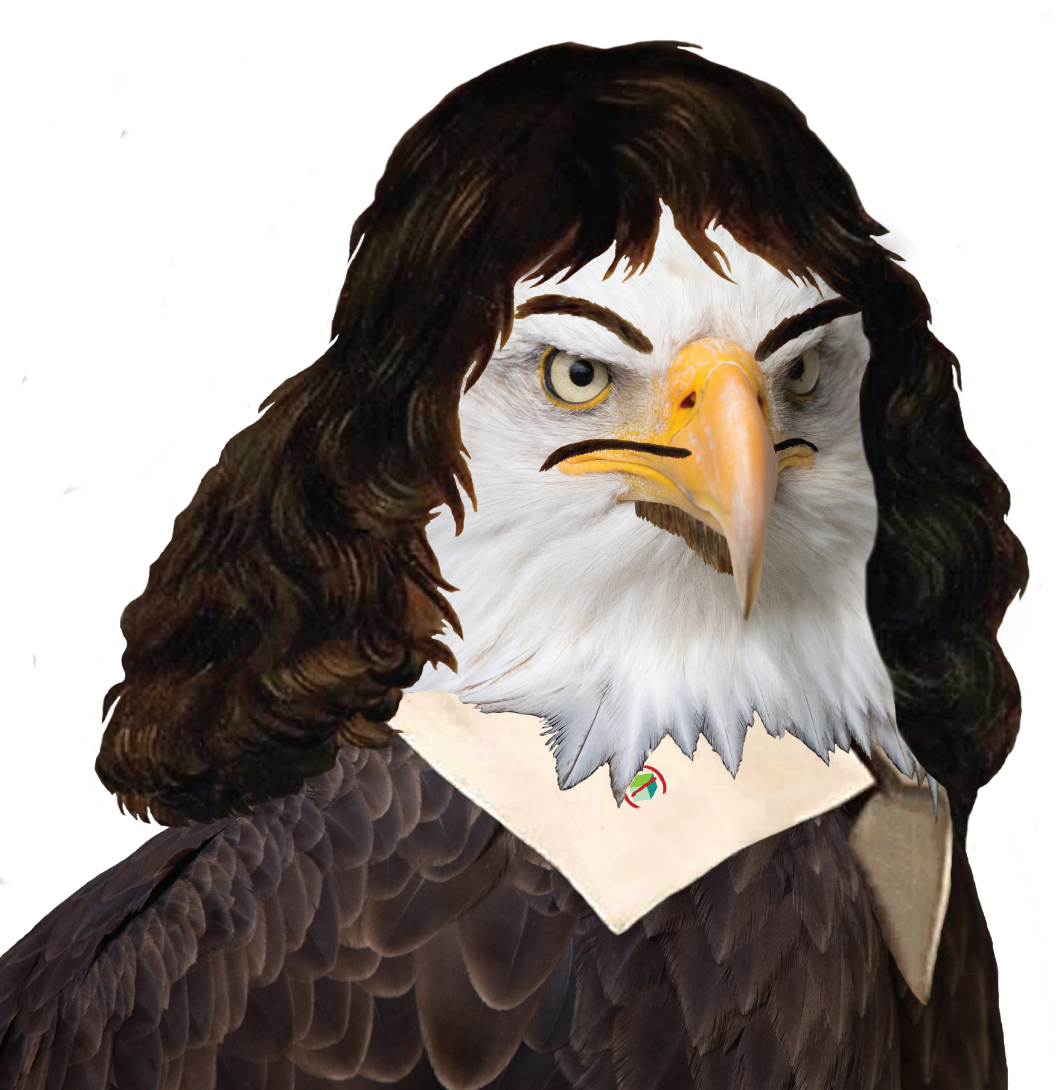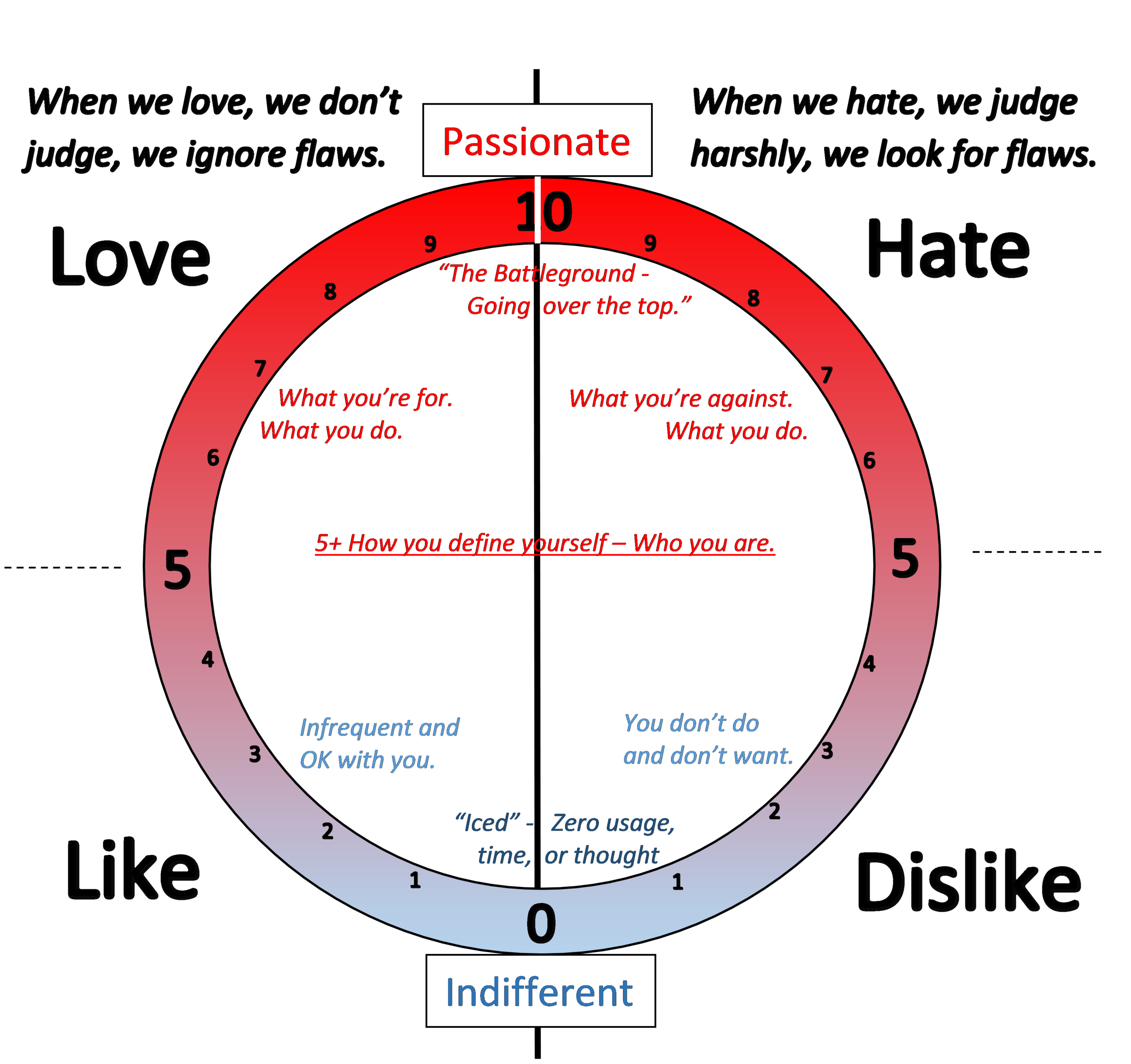Love Healthy
Love’s the most important motivator in getting healthy. If you love life, you love health.
Love Yourself
Being a little selfish is best for everyone that you love.
I was on the path to the big basket of metabolic diseases, fatty-liver woke me up, heart disease concerned me, and sugar caused dementia scared me. Dead is fine, I accept that I’ll be dead someday, I don’t want to be dementia fog, oblivious for years before dying. I’m especially concerned about brain health due to the numerous concussions during 15 years of playing football and rugby. My feelings, led to knowledge, then stronger feelings that motivated me to take action.
My self-image is an analytical action figure – see a problem, think about, and fix it. I like to help people. I never want to be a burden to family and friends. Taking time to focus on my own health, lose weight and get fit, was selfish and the best thing I could do for the people that I care about. Studies show that exercise makes you happier.
Only by taking care of yourself can you take care of other people and decrease the risk of being a burden to others.
Love Your Life
To love your life you have to pay attention to the good things.
Love your life – You have a life worth fighting for. We’re protectors and problem-solvers we’re geared to see immediate threats and look for problems. To overcome this focus on the negatives we must pause and think of the positives.
A gratefulness log will show what an amazing life you have. Studies show that a gratefulness habit makes you happier. Pick a time every day to log 5+ things that you’re grateful for. If you’ve not been keeping a log, start by using a timer and spend fifteen dedicated minutes writing down things that you’re grateful for – people, pets, experiences, things you enjoy. Then set a daily time, normally when you get up or go to sleep everyday to journal. Build in a habit pattern. I log at breakfast instead. It helps me avoid getting sucked up into the daily news distraction, at least until lunch.
I journal about 4 or 5 days a week and find it to be a remarkable tool to keep me balanced and motivated.
You Love Helping People
When you journal gratefulness you’ll realize how much you enjoy helping other people. Studies show that helping other people makes you happier.












